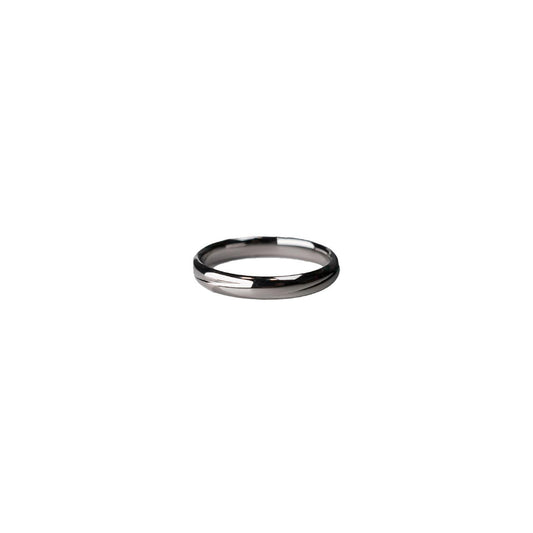Clarity in Lab-Grown Diamonds A Modern Perspective
Clarity in Lab-Grown Diamonds A Modern Perspective
When Lydia mentioned her engagement to me over brunch last week, her eyes sparkled as she flaunted her new ring. It wasn't just any diamond; it was a lab-grown diamond. Being the kind of person who gets excited about both environmental progress and savvy shopping, I was immediately interested. What stood out to me wasn't just the shine of the stone but the astounding clarity—a quality that, as I soon learned, these man-made gems often boast.
Lab-grown diamonds, crafted in highly controlled environments, are celebrated for their ethical edge. There's no denying the relief I felt knowing my friend's jewel didn't come from a murky origin. But what fascinated me most was how these diamonds consistently achieve impressive clarity. When diamonds are grown in laboratories, the conditions can be optimized. Tiny gas bubbles or impurities—common in natural diamonds—are minimized, often resulting in crystals that rank high on the clarity scale. The lack of internal flaws, or inclusions as they’re technically known, means these diamonds present a clear and unblemished view to the eye.
The realization that the diamond Lydia wore was just as "real" as one formed in the earth was something I couldn't wrap my head around initially. But it’s true. These aren't simulants or cubic zirconias; they are chemically, physically, and optically identical to mined diamonds. What struck me, though, was the deeper cultural shift these gems represent. A shift towards valuing ethical considerations without sacrificing quality. The symbolism of a clear, conflict-free diamond felt especially poignant as Lydia described plans for her wedding, which aim to be as sustainable as possible.
Moreover, there's a practical upside. The clarity, combined with the relative affordability of lab-grown options, means that buyers can often afford a larger or higher-grade stone for the same budget. This financial flexibility is something Lydia and her fiancé, both meticulous planners, undoubtedly appreciated. It's a small but meaningful way these diamonds are democratizing luxury, offering high-quality pieces without inflated prices.
Thinking back to the days when engagement rings seemed like a distant necessity for me, I recalled how the image of a diamond always felt somewhat prescriptive. It had to be this, that, or the other thing—not much room for reimagining. Now, as options evolve and broaden, incorporating lab-grown diamonds seems a natural progression in the tapestry of modern relationships—reflecting values of fairness and foresight, like Lydia's.
There's a certain satisfaction in knowing that when Lydia glances at her ring, she's not just reminded of her fiancé's love but also of a choice that aligns with their shared values. And as I savored my last spoonful of poached eggs, I couldn't help but feel that this clarity—both in diamonds and intentions—is something I might just appreciate in my own life someday.

























